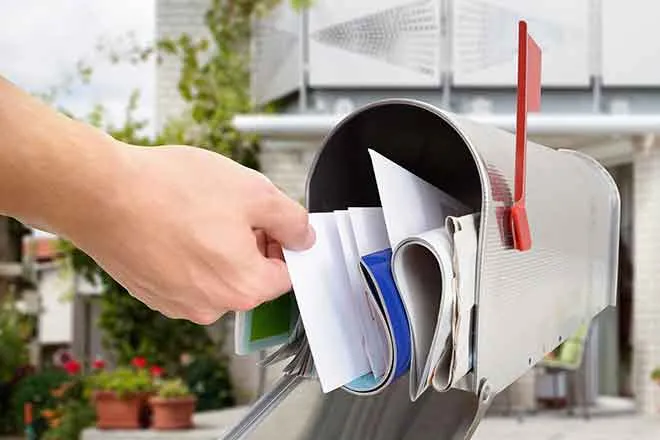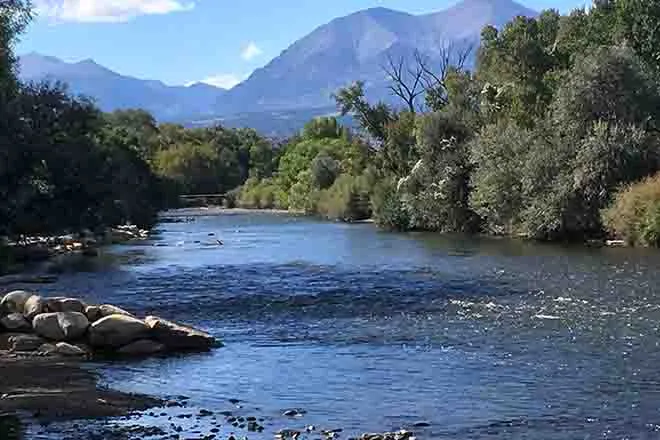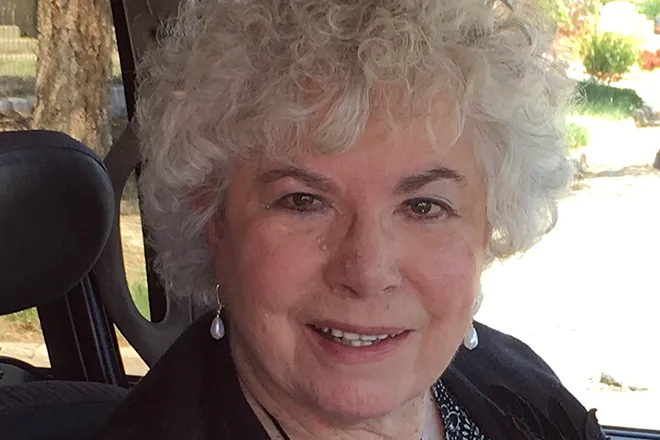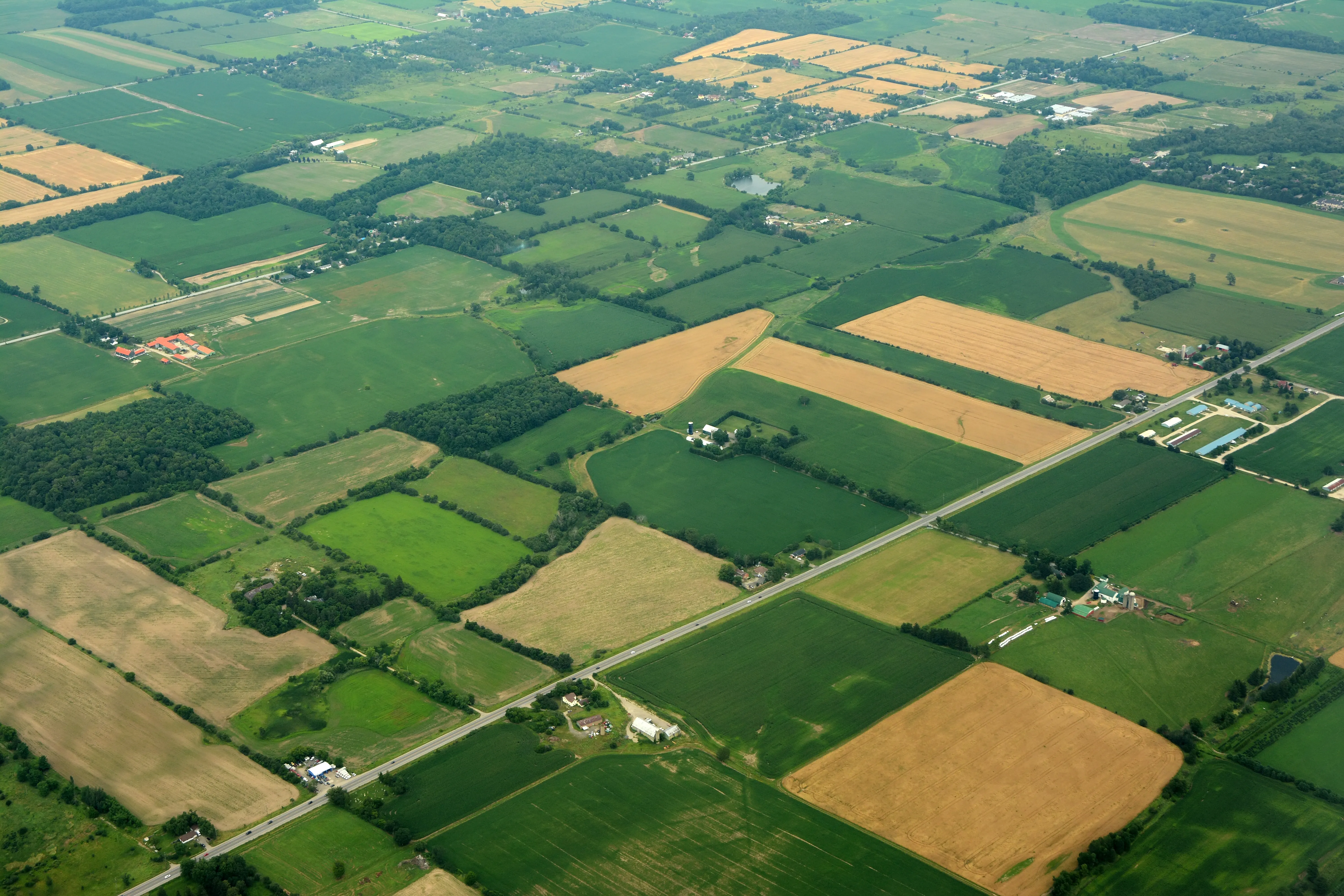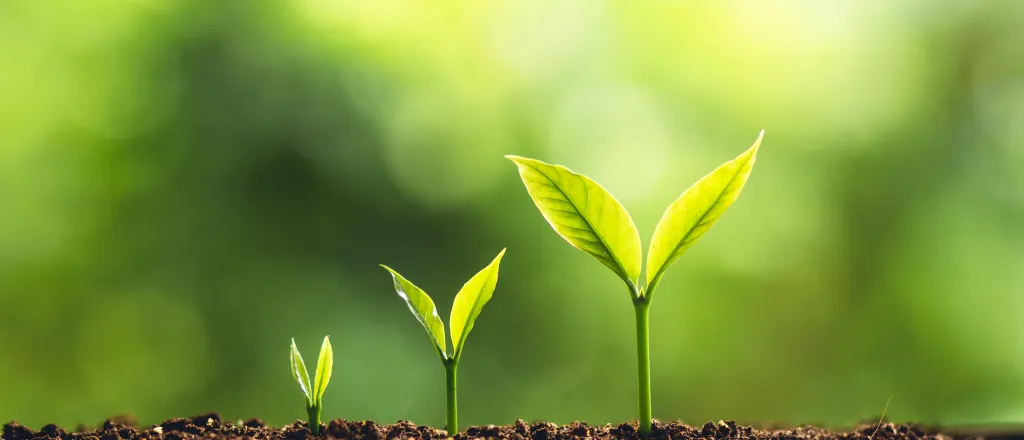
Sowing Seed - I get by with some help from my friend
We all have or have had that friend or partner who was one of a kind. One of those people who was there through thick and thin. One of those people who needed you as much as you needed them.
If you were to put a name on this type of relationship, it would be symbiotic. To be more scientific, it would be a mutualistic symbiotic relationship. Let me put that in laymen’s terms. It’s a relationship where both parties benefit from that relationship. There are a few other symbiotic relationships, but this is the one we will concern ourselves with today.
Let’s see how this relationship fits in a cropping system. Better yet, let’s see how this fits into growing legumes. Soybeans, peanuts, peas, green beans, pinto beans etc.
Let me start off by saying that legumes in general are plants that produce a seed pod that splits in two halves when mature. You’ve cracked open a peanut and the shell comes apart in two halves for example.
There are a great many that we cultivate for food or animal feed. What the heck does this have to do with a symbiotic relationship? If you’ll hold on, I’ll get to that. Legumes are nitrogen hogs. They consume nearly as much nitrogen pound for pound as a corn crop. We don’t ever apply two hundred units of nitrogen an acre to a bean crop though. Where does this extra nitrogen come from?
Now let’s address the symbiotic relationship legumes have to have in order to make anything of themselves. There’s a certain bunch of bacteria called rhizobia. Now, rhizobia and legumes go together like bread and butter. The rhizobia bacteria are soil borne and infect the roots of the legumes. The legume plant’s roots serve as a host for the rhizobia bacteria to live and reproduce. In turn, the rhizobia create nodules on the roots that allow that plant to pull the majority of its nitrogen needs from the atmosphere, which is made up mostly of nitrogen (78%). How many of you thought it was oxygen?
This extra nitrogen is stored in nodules that form on the roots. What a great example of a symbiotic relationship. This is why it is always advisable to inoculate your legume seed with a rhizobia-based inoculant before you plant it. This goes for alfalfa, green beans, pinto beans and soybeans etc. The inoculant comes in various liquid and dry forms, and should be available wherever you buy your seed. It is not harmful, but wear gloves anyway when applying it to your seed. How about that for quick and to the point?
How many of you have a morning meeting place where the coffee, gossip and opinions flow freely? You know what I’m talking about. It’s either the C-store, coop, café, feed store or implement dealer. It’s a place where you can find out about the latest school board news, school sports teams, price of gas, what the fish are biting, who got stopped for speeding, whose jersey bull got loose in his neighbor’s angus heifers and, heaven forbid, politics.
Now, I won’t get into that last one in any of my columns. The country is divided enough, and I won’t be a participant in that.
Let’s get back to the gossip shop – uh, I mean, coffee shop.
As a background observer over all these years, I have noticed that there are actually a lot of things that get settled in these morning meetings. I have seen a lot of head coaching for the high school football and basketball teams. Why, I could almost start my own team now after all these years of watching and listening.
The commodity markets always go higher the day after you sell your grain or livestock. If I had grain or livestock, I would wait until you sold yours so I could cash in on the upswing. I have noticed that, just like when I go fishing and the fish I caught keeps growing after the catch, the yields here in the countryside start to inch their way up as well. It’s amazing how much I have in common with some of my growers in that regard.
All kidding aside. These same folks are the ones who will be part of a prayer chain when someone in the community is ill.
Not only will they share a cup of joe, they will share their resources and time to help a fellow farmer who is injured harvest his crop to get it to the elevator on time.
These are the same folks that are grabbing a couple of angels off of the gift tree down in the bank lobby to make sure there are a couple of underprivileged kids have a nice Christmas.
These are the same people who give their time and resources to help with community cleanup day.
These are the same people donating cash to the fundraiser to get the high school football team new jerseys and equipment.
Simply put, these are the people small, tight knit communities are made up of. I wouldn’t live anywhere else, even if you bought me the house.
I will ask to the point of being a pain in your behind to support your local businesses. The old cliché about oxygen applies here. You won’t realize how important they are until they are gone. Our way life and our very existence as communities and rural towns are on a very slippery slope. We are becoming more urban or nonexistent by the moment. If we support our local economies, we will be taking a step in the right direction to make sure that small town America doesn’t become a thing of the past like the old ghost towns of the desert southwest.


